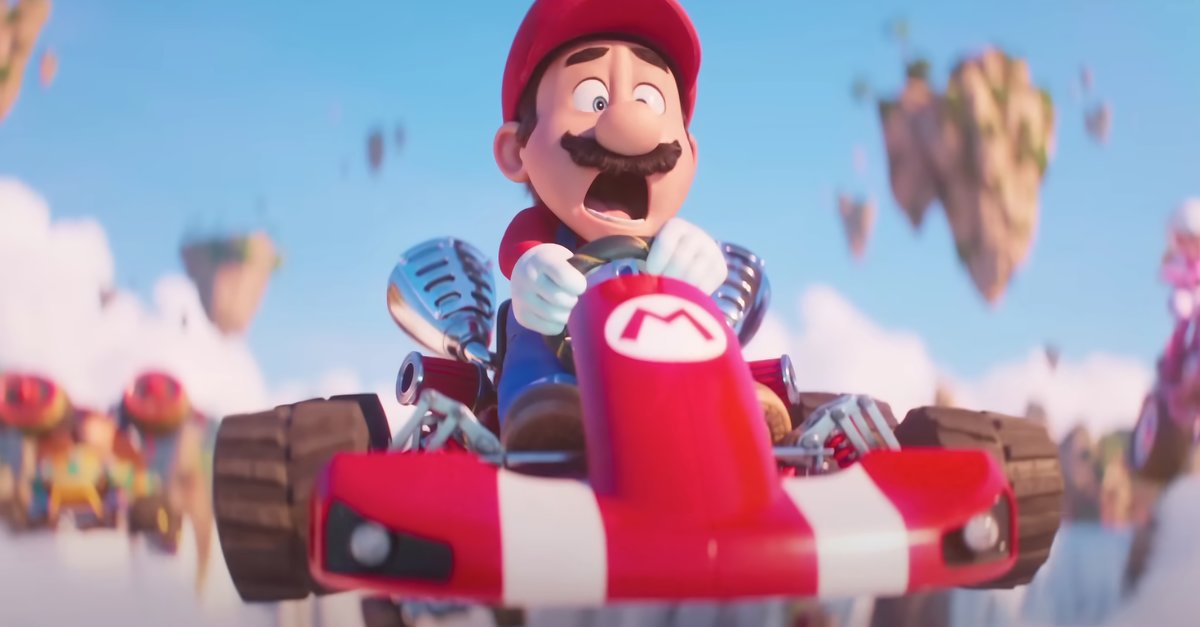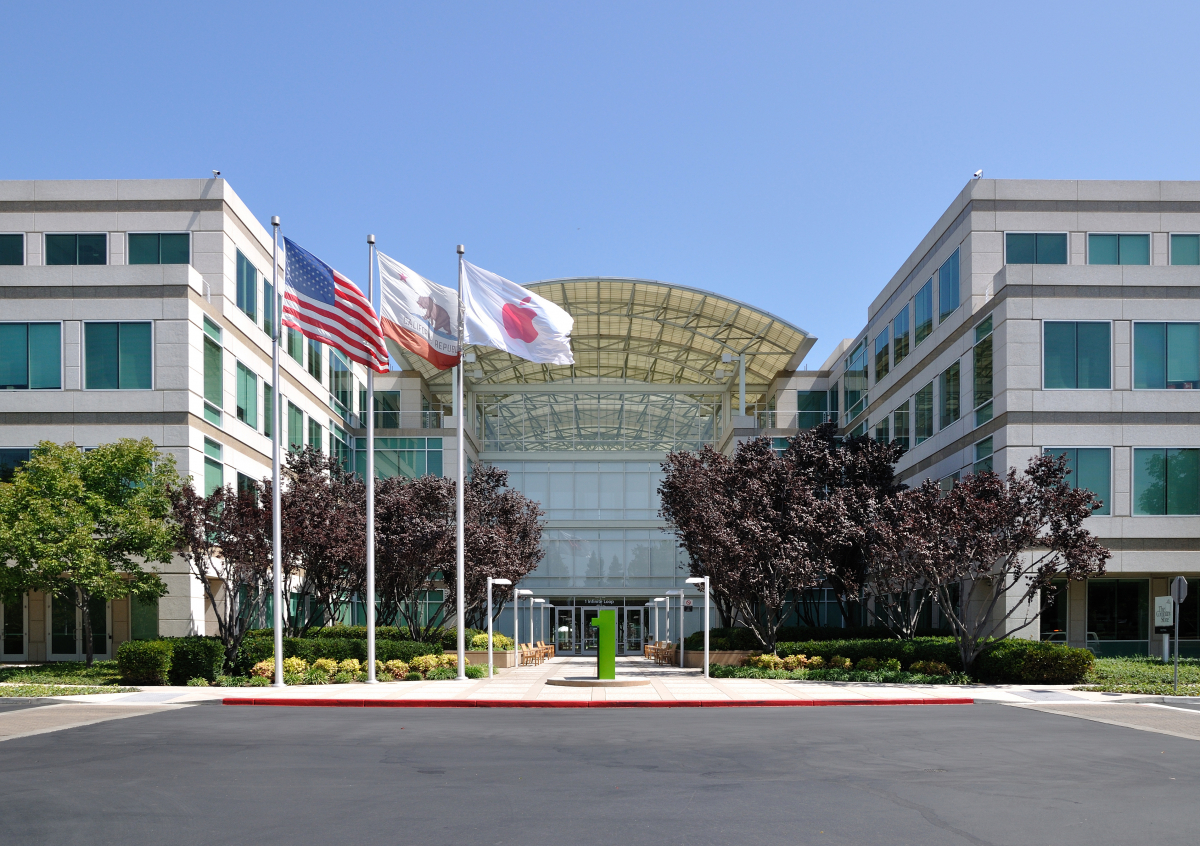How NASA is desperately trying to save Hubble
In 1990, the Space Shuttle Discovery deployed the telescope. Since then, it has been an immense help in helping scientists understand the universe. (Photo: NASA)
After 1.5 million images, the telescope appears to be lost. It helped the researchers in many areas, now everything depends on an 1980s computer.
Since June 13th, the main computer has not received any feedback from the payload computer, which is responsible for coordinating the scientific instruments. The result: the space telescope has switched to “safe” mode and has therefore stopped working. Nasa explains, Hubble and its instruments continued to work, but scientific operations have now been suspended. Various attempts to get the payload computer running again using backup components failed.
Contents
Switching to backup failed
The experts are looking for a new cause and its solution. At first they assumed that an aging memory module had caused the defect. The surgical team then tried in vain to switch to one of the three backups. On June 17, it made another attempt to reactivate the payload computer – without success. Now the team is looking for errors in other components. The next step is to switch the Power Control Unit (PCU) and the Command Unit (CU) to replacement units. This process includes activating further backups of other hardware boxes in order to reestablish the connections to the CU module after the reset. First, NASA wants to test the procedure on a simulator. In 2008, when a decoding unit failed, the specialists in the control center took such a drastic step for the last time. The maintenance mission STS-125 followed in 2009, during which astronaut Mike Good replaced the defective component of the payload computer and gave the telescope a few upgrades. Such a repair has not been possible since the end of the Space Shuttles in 2011. Accordingly, the future prospects of the space dinosaur are shaky.
Hubble: Shot over 1.5 million photos in 31 years
The Space Shuttle Discovery launched the space telescope on April 25, 1990. Since then, it has made around 1.5 million photos, some of which are impressive – 600,000 after the planned period of service alone. He achieved a number of milestones in the process. In 2014, for example, it observed the most distant object that a spacecraft has ever visited: Arrokoth in the Kuiper Belt. From Hubble’s recordings, it is assumed that Jupiter’s moon Ganymede has a saltwater sea. Hubble also provided information about the expansion of space, the nature of black matter and the Kuiper Belt.
Successor James Webb Telescope starts in November
Five maintenance missions between 1993 and 2009 kept updating components and repairing defects. Nasa writes that Payload computers come from the 80s. A second serves as a backup. In addition, the system has various levels of redundancy in order to act as a primary system if necessary. A successor to the Hubble probe has been in the starting blocks for years. After years of delays, the James Webb space telescope, its builders Nasa, Esa and Csa (Canadian Space Agency), finally want to launch into space in November 2021 with an Ariane 5 rocket. With a cost of around ten billion dollars, it is the most expensive scientific unmanned space flight project of all time.



